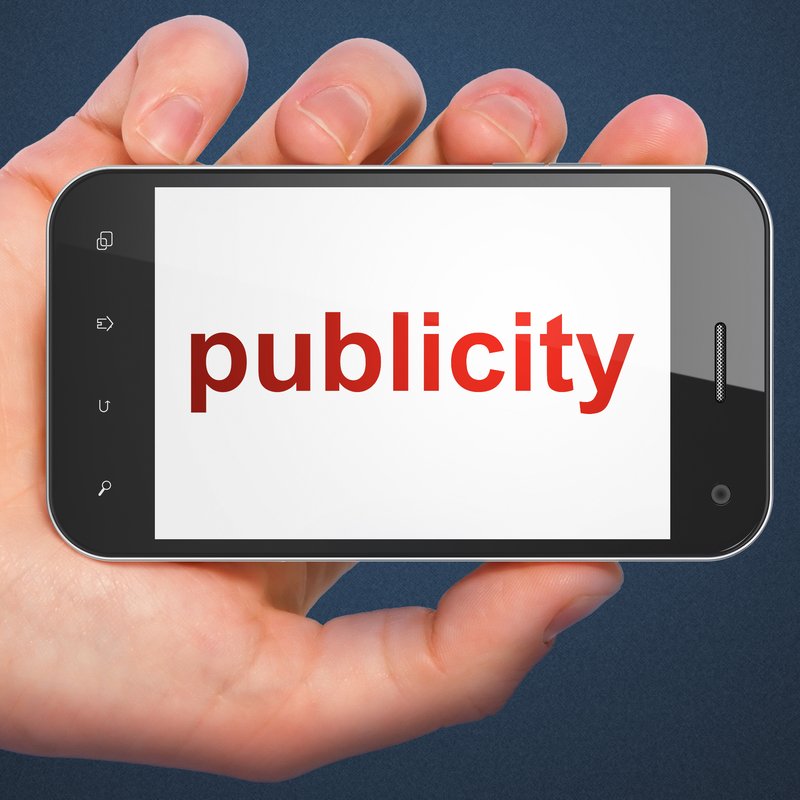According to data from YouGov, one in four Brits use LinkedIn – the social networking site. This might come as a surprise to some readers – as Facebook, Instagram and Twitter seem so dominant.
It is extensively used by individuals to network and find new work and opportunities. It is also used by a wide range of businesses—large and small—to share news, make announcements, and contact customers and clients.
In fact, what was once seen as purely a networking site for professionals is increasingly being used by brands to boost their visibility.
The trouble is that many people don’t make the most of their personal or company profiles. It is easy to check in on LinkedIn every now and then, make occasional comments, or message your connections.
In reality, most small business owners don’t have the time or know-how to maximise LinkedIn’s powerful reach and features.
With this in mind, the team at StraightIn, a LinkedIn marketing agency, have revealed the most common and easy-to-fix mistakes they’ve seen small businesses making on the platform.
Common mistakes made by small businesses on LinkedIn
Here are some things to help improve your LinkedIn company page – inspired by StraightIn – but also including some thoughts from the ByteStart team.
Not optimising your LinkedIn profile
Small businesses often overlook optimising their LinkedIn profiles. It goes beyond simply updating your LinkedIn page with a company biography and logo.
While these elements are essential—keeping your website details accurate and updated with your key services—there is much more to consider.
Make sure your profile has a clear and engaging call to action (CTA) that guides visitors to the next steps, whether visiting your website, contacting you, or following your page.
Adding relevant keywords to your “About” section can help your page appear in LinkedIn search results.
Not analysing your competitors
If a business is new to LinkedIn, it can be daunting to know what to do, but one way to improve your page’s following and engagement rate is to look at what your competitors are doing.
This doesn’t mean you need to copy them, but you can learn a lot by looking at the type of posts they create—in terms of messaging, tone, and content.
Tools like LinkedIn analytics or external competitor benchmarking tools can give you insights into engagement rates and trends.
Not writing posts that people are interested in
We’re particularly aware of this at ByteStart when we browse LinkedIn. The same logic applies to Twitter, Facebook, and any other platform.
You should concentrate on content that will engage other people and businesses. Simply posting your latest press release with a link is probably the opposite of this.
To better engage your audience, try posting relatable stories, behind-the-scenes content, or practical tips they can apply.
End your posts with a question or call-to-action, like “What are your thoughts on this?” or “Share your experience below!” to encourage interaction.
LinkedIn posts offer a range of options, from creating polls and sharing images or short videos to posting anecdotes and thought leadership content. You can also publish longer-form ‘articles’ with a more generous limit of up to 120,000 characters.
Articles can highlight industry trends, solutions to common challenges, or in-depth customer success stories.
You can also repurpose these into shorter posts or newsletters to maximise value (and save time).
Not interacting with other company pages
It might seem counter-intuitive, but interaction is the key to building up followers for your company page on LinkedIn.
You don’t need to follow your direct competitors, but even that might not be a bad move, as you’ll automatically see their updates in your feed.
Additionally, engage with posts from relevant industry influencers or partners to increase your visibility. Reacting to, commenting on, and sharing their posts can showcase your thought leadership and attract their audience to your page.
Remember, you should have a certain number of free ‘follow’ messages you can send to your contacts each month—why not use the allowance to ask them to follow your company page?
To increase their effectiveness, personalise these messages and mention how following your page will bring them value, such as industry insights or updates.
Not having a content strategy
However you want to market your small business, having a strategy in place is always a good idea. It might be posting a message on Twitter every morning, or – in this case – creating a LinkedIn post once or twice a week.
Zac Hancox, CEO of StraightIn, sums this up well here:
When it comes to sharing content on LinkedIn, variety is key. Offer different types and formats of content to keep your audience engaged – this can be industry updates, infographics, blog posts, and videos.
Alongside relevancy and variety, it should be regular too, either on a weekly or biweekly basis, so your readers know they’re getting the most up-to-date information and insights.
Some ideas to market your business for free
Here are some more handy ideas from elsewhere on ByteStart to help you market your business – for free (or nearly free)!
- 50 bootstrap marketing ideas for startups
- How to get your business noticed – self-marketing tips
- 20 ways to market your business online – for free

|
Free Tide Business Bank Account + £50 Cashback!Simply open a free business current account to qualify + 12 months free transactions. Read our Tide review. Open a Tide savings account at the same time and earn an excellent 4.07% AER (variable) on your spare funds. |









